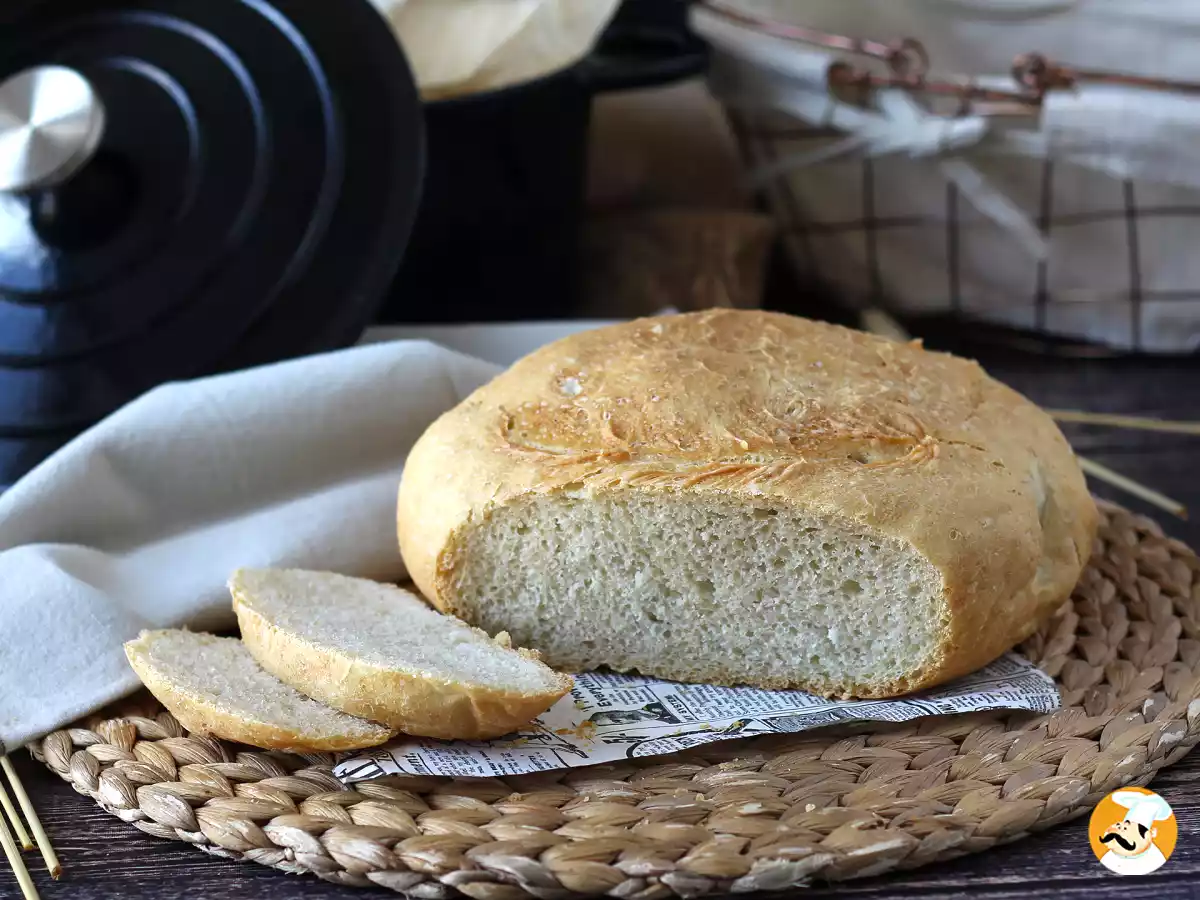Why doesn't my dough rise? Find out the causes and solutions!

Have you ever dreamed of making homemade bread or pizza, but the dough won't cooperate? It is undoubtedly one of the most frustrating problems in the kitchen. When the dough doesn't rise as expected, the end result suffers in terms of texture and flavor.
In this article we'll reveal why your dough is acting up and how to fix it, step by step. Take a look!
1. Expired or inactive yeast
Yeast is the essential leavening agent for baking. If it has expired or lost its activity, the dough will not rise properly. Always check the expiration date before use. To assess the viability of inactive dry or fresh yeast, you can perform a simple test.
How to check if the yeast is active?
- Dissolve a small amount of fresh or dry yeast in warm water (not hot, otherwise the yeast may "die"). Add a pinch of sugar to activate the yeast. If no noticeable foam forms after 10 to 15 minutes, it means the yeast is no longer viable and will not be able to rise your dough.
2. Water temperature not ideal
The temperature of the water is the thermometer of your yeast. Too cold and the yeast will fall asleep, too hot (over 104-113°F (40-45°C)) and you will kill it.
What is the ideal water temperature for a dough?
- Imagine creating an oasis for your yeast: warm water, around 77-86°F (25-30°C), will be its little paradise. In this cozy environment, the yeast will begin to do its work.
3. Too much salt in the dough
Salt is the secret to bread taste, but be careful not to overdo it! Too much salt can make the yeast suffer and slow down the rising process, ruining your bread. Remember: salt and yeast don't get along, so it's best not to let them meet directly in the dough.
How do you prevent the yeast from coming in contact with the salt?
- Add the salt to the flour and mix well before adding the yeast. This way, the yeast will not come into direct contact with the salt and can work properly.
4. Too cold
Ambient temperature is a crucial factor in leavening. Imagine your kitchen as a home for yeast: if it is too cold, these microorganisms will hole up and be lazy. As a result, the dough may take many hours, if not whole days, to rise, or even not rise at all.
Where to let the dough rise?
- Let the dough rise in a warm, sheltered place. If the room temperature is low, you can put the dough near a heat source: the oven off with the light on, a sheltered corner of the kitchen, or on top of a wall unit near the radiator.
5. Unsuitable flour
Not all flours are equal when it comes to bread making. Whole grain or durum wheat ones have less gluten, a protein that helps the dough swell. Therefore, with these flours, the dough may have a harder time rising and becoming fluffy.
How to optimize doughs with whole grain or alternative flours?
- To make a good bread with whole-grain or special flours, it is best to add some white flour. White flour, being richer in gluten, forms a kind of network inside the dough that makes it more elastic and resistant.
6. Insufficient rising time
Each dough has its own timing, a bit like children growing up: some grow faster, others slower. Remember that rising times can vary depending on several factors, such as the type of yeast used, the temperature of the room, and the hydration of the dough.
How to tell if the dough has risen sufficiently?
- To tell if the dough has risen sufficiently, observe its volume, perform the finger test, and evaluate the appearance of the surface. Doubling in volume, a slowly closing hole, and a smooth, slightly moist surface indicate optimal rising.
Try baking at home!
Now that you have delved into the mechanisms of leavening and understand the fundamental role of microorganisms in bread making, we invite you to experiment for yourself. Put your new knowledge to the test with our recipes and savor the satisfaction of artisan bread, prepared with care and passion.

No-knead french baguettes

Focaccia, the italian bread with rosemary

Ultra soft and fluffy brioche

Chocolate hazelnut babka brioche

Homemade sandwich bread
 Daniele Mainieri
Daniele Mainieri
Comments
Jim fraunberger
Great article but I was a bit confused with the whole wheat being listed twice. The second should have been listed as durum wheat which is great for pasta. Very informative article.